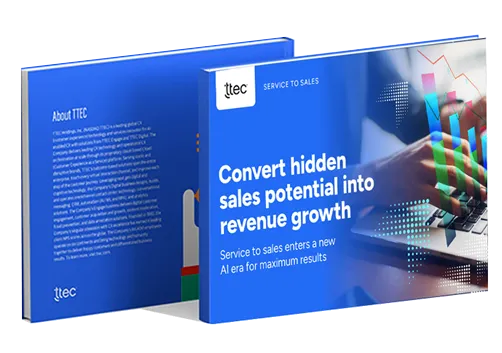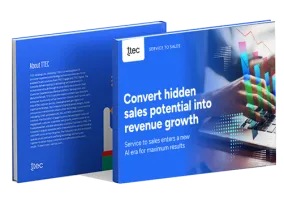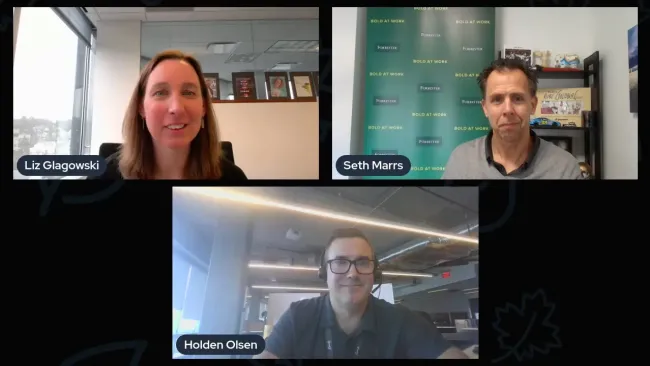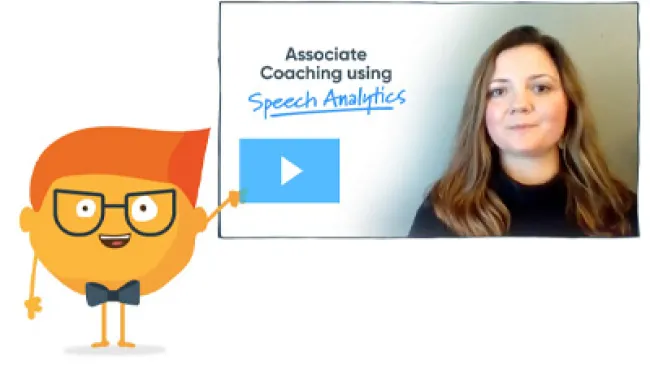There is a bias that call recording software is only good for listening to past calls for quality assurance and compliance. In reality, speech analytics is a valuable tool for any customer service and sales team to uncover trends and top performing behaviors captured from successful interactions.
To separate the truth from fiction for sales insight, here are 5 common misconceptions around speech analytics and tips to create value from your customer service and sales arsenal.
Myth #1: Speech analytics is only for QA
There’s a misconception that speech analytics is limited to your quality assurance (QA) team who use the tool to monitor adherence in customer interactions. It’s much more than that. Speech analytics is a powerful tool that can uncover voice of the customer and agent best practices by utilizing best phrases, trends, and sentiment captured during all points of the sales and support journey.
Tip: Share and update word clouds that trending aggregate keywords and phrases during calls. This can then be shared with leadership and team members to learn best practices.
Myth #2: Clients don’t like recorded calls
We infer that customers are uncomfortable and have security concerns when notified they are being recorded. In reality, many are comfortable with recording if the company is transparent about why they are being recorded, explains how the data will be used and safeguarded, and how the analysis might benefit the customer in the long run.
Tip: Ensure security measures are in place that censor sensitive information, such as credit card or ID numbers during playback. Transparency is a two-way street, let them know you’re taking steps and act.
Myth #3: Speech analytics ≠ revenue
Rather than consider speech analytics only a compliance tool, it can be used to boost sales in the contact center. Best practices and top performing associate behavior can be identified and shared to strengthen bottom performers and lift sales acumen across the organization. At TTEC we’ve seen a 53% lift in average associate daily net revenue by mentioning specific topics.
Tip: When looking for best practices to share, pay attention to:
- Sales phrases
- Customer rebuttals
- Associate sentiment
- Industry effectiveness
Myth #4: There’s no cost reduction
There is a misunderstanding that speech analytics does not reveal tangible cost reductions. Yet it’s been shown that you can take cost saving measures by identifying an optimal call flow and quantifying the optimal duration that will maximise outcomes without sacrificing call quality.
Tip: Use speech analytics to identify attributes of nonproductive calls or reports to identify unethical agent behavior. We’ve seen a 40% reduction in analysis process compared to traditional QA processes.
Myth #5: Plug in the tool and go
It’s not as simple as introducing speech analytics into your sales or service program and watching it immediately produces insights and conversational recommendations. Speech analytics needs collaboration across all stakeholders. Senior leadership, operations, training, marketing, and QA must all working in tandem to identify insights and implement improvements.
Tip: Identify business cases and questions, such as why a competitor was mentioned, so the sales associate can begin to identify main drivers and create additional queries.
It’s time to set the (call) record straight on speech analytics.
The reality is that speech analytics is an exceptional tool that gathers the best of your organization into consumable insights that can benefit the entire sales organization. Understanding the facts from the fiction helps you discover, understand and improve upon the daily interactions of organization. It’s the best of people and technology working together.

















